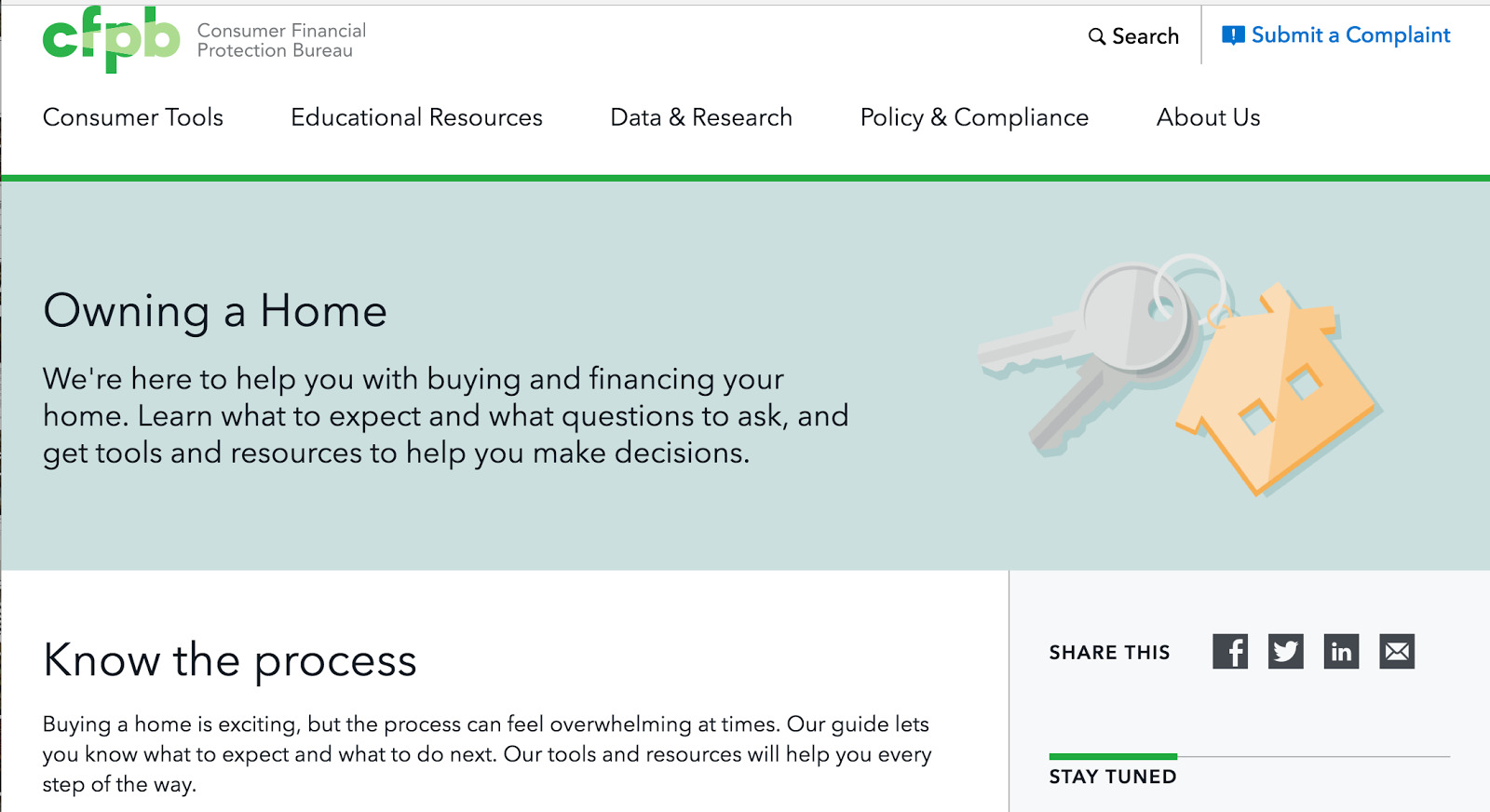We all do it. Whether on Twitter, Facebook, or the comment section on a news article, it’s easy to get our writing on the internet. Many of us have personal websites or contribute to blogs. We work at organizations with content management systems that allow us to publish pages with a single button click.
The fact that it’s so easy to publish content can trick us into thinking it’s equally easy to write useful content.
Government websites are written for an extraordinarily diverse group of users. They come to our websites with different knowledge, backgrounds, and abilities. Our content has to take into account many overlapping and diverging characteristics. And it still needs to present a polished, understandable message.
The crux is this: We are not our users. We are subject-matter experts. Many of us have spent our careers talking to users. But when we understand a subject intimately, the hardest part of writing is keeping our own perspective out of it. We can be blinded by how much we know and by how much we care.
Fortunately, there are steps we can take to make sure the content we care about reaches the audience we want (and is useful to them).
Get a dedicated content strategist. Trust them.
Content on government websites doesn’t usually fail because it’s wrong, it fails because it’s not written for users. A content strategist will help projects develop a singular voice and maintain consistent style and tone.

A content strategist will juggle the competing needs and desires of users. They’ll bring a fresh eye to frustrating jargon, technical terms, and acronyms while focusing on using familiar words — an important marker of plain language (and plain language is required by law). Reporters, teachers, and public speakers are all good examples of writers who use plain language to make their topics more appealing and approachable.
Our colleagues at the Consumer Financial Protection Bureau have been leaders in plain language with their public-facing content. Their website covers incredibly complex topics — banks, credit unions, securities firms, payday lenders, mortgage-servicing operations, and foreclosure relief services. They use content strategy and user-centered design to make these intimidating subjects accessible to the general public.

Test content with real people
Identify people who represent a project’s primary user group and work with a user experience designer to test content with those people. (Here are some methods to get you started testing content.) Revise content and test again.
When our team developed the Every Kid in a Park website, early testing helped us identify which phrases kids didn’t understand or care about. The content — minimal for adults — was daunting for kids. Too many words were distracting. We learned things we never could have guessed. For example, during testing, we learned that very few fourth graders know what an envelope is.
It’s never too late to fight for users
Inevitably — just when we think our content is in good shape — someone at some level of final review will ask for rewrites. These may be real requirements (your legal department flags something as being unlawful), or they may represent additional opinions on the content itself. This feedback can lead to valuable insight, but there’s no reason it has to come hours before an anticipated launch. If final stakeholder review might override the needs of users, consider enacting a content freeze. A content freeze is an agreement to enforce a deadline before launch after which no content can change. Maintaining a few days in between the last rewrites and an official launch gives technical teams the opportunity to fully test and prepare for launch, without any additional distractions. It gives the content strategist time to do a final review for consistency of style, voice, and tone. This doesn’t mean that the content won’t change in the future, but it will allow for a better launch.
Finally, it’s ok to develop a site incrementally. Websites should continue to evolve long after a launch, reflecting the change and evolution of an agency. For example, we’re extremely proud of the work our team has done on betaFEC, which launched last fall and has consistently released new and revised content ever since.
Continue to test what exists and make it better. Stay humble, listen to users with empathy, and learn from mistakes. Users will be thankful.

